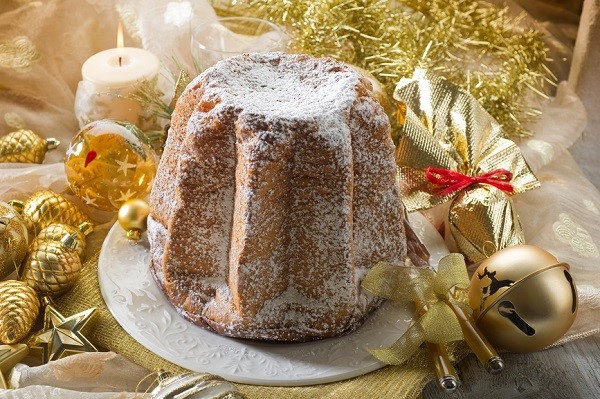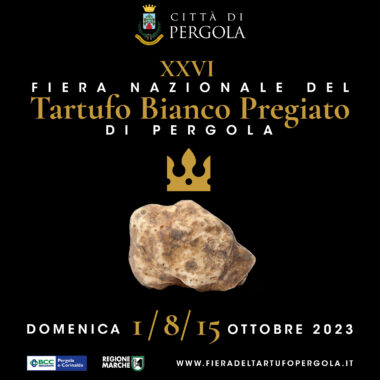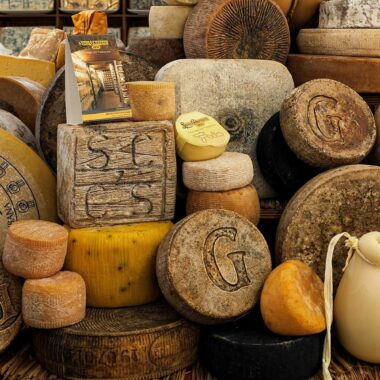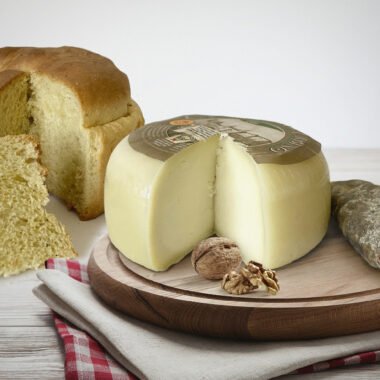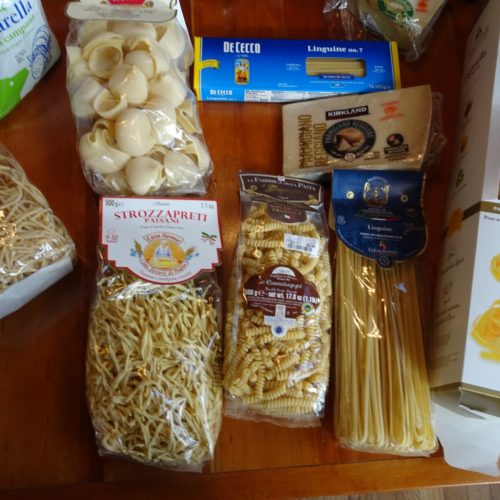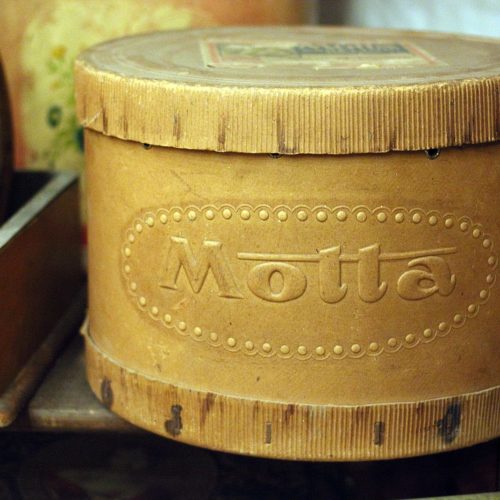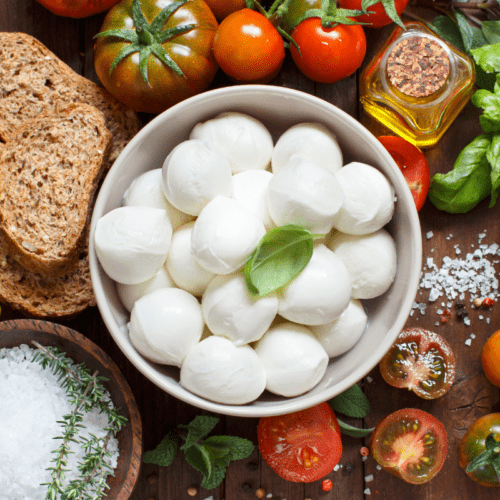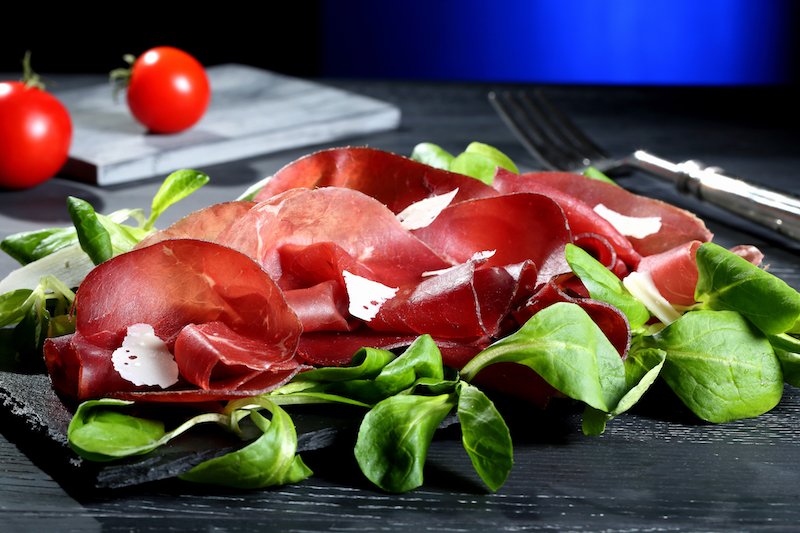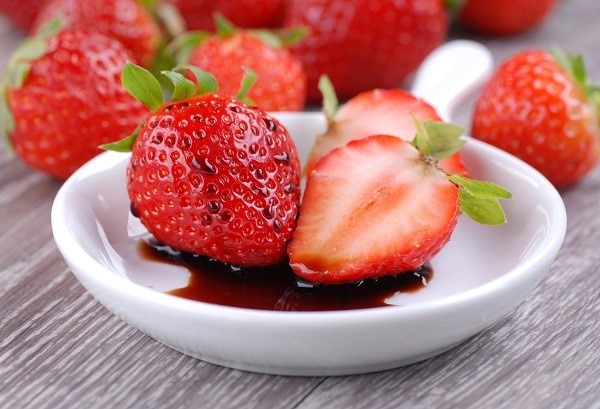Of course, Italy is the motherland of gelato, but eating gelato in Italy is, in itself, a guarantee of a quality product? Well, unfortunately not. As it happens for all that is popular and edible, getting something that tastes good and is actually also “good” when it comes to its ingredients and preparation is not as simple as it may seem. You must already know what is gelato, but the question here is, what is good gelato?
Beware of poor gelato imitations
The following is a quick guide to learn how to identify good quality gelato and the right gelaterias where to enjoy it. Even though the large majority of the sources for this article refer to Italian establishments, I am pretty sure you can very much apply the same tricks to Italian gelaterias abroad: let us know!
How to spot a good gelato
1. An ingredient list should always be available in store
This relates more to the gelateria than the gelato itself, but it is a clear sign of the establishment’s commitment to quality. All gelaterias should have an ingredients list somewhere well visible on the premises, whether on a poster on the walls or on a flyer on the main counter.
Usually, gelaterias give the ingredients of their main flavors, especially those used as a base or, in the case of fruit flavors, have the same composition as others. A gelateria that shows its ingredients is usually already a better bet than those hiding them underneath the counter, but a visible ingredient list is not always synonym with artisanal quality. Check what it says: if you read anywhere the words preservatives, hydrogenated fats, colorings, or vegetable fats, you are better to go somewhere else.
Make also sure the gelateria is clear about which flavors are not suitable to people suffering from specific food allergies.
2. Gelato Containers
Good quality gelato should always be kept in metal, not plastic, containers. I admit I have never thought of it, mostly because I think pretty much all gelaterias in Italy use them, but it may be a good tip to spot bad places abroad. Metal containers tend to maintain optimal temperature and metal, flat spatulas are to be preferred to the round scoops usually used for ice cream, because gelato has a much denser texture.
3. The Color of gelato
Brightly colored gelato may be appealing to the eye, but may not be the best taste and ingredient-wise. The best gelato is made with natural ingredients and little to no colorants and additives, which means bright hues are a no-no. Fruit gelato should be deep in color but muted, rather than “neon” like, as you would expect for the fruit used to make it. Lemon should be white and not yellowish and pistachio brownish, rather than green. In other words, the more natural the color, the better.
Keep an eye also on how shiny or opaque the gelato is: too much shine is usually a synonym for a very high percentage of fats. Opacity may mean the gelato is no longer fresh.
4. The Texture
This is another important clue to the quality of the product. As natural as it is to judge better a gelato that scoops out soft and smooth, you should not really worry about consistency at this stage: what may appear hard while scooped may end up being soft and creamy in your mouth. If you want to assess whether your gelato has a proper texture, press it with your tongue on the palate: it should be smooth, free from ice crystals, which usually are caused either by the inappropriate temperature at the preparation stage or by the use of spatulas that have not been properly cleaned.
Gelato is supposed to be smooth and creamy, but if you find it excessively so it means it has been, very likely, produced using too much air and fats. If it leaves a strangely creamy patina in your mouth, it means it has been produced with hydrogenated, refined fats. In that case, make sure that was your first and sole visit to this gelateria.

Last but not least, beware of gelaterias where the product is piled high above the containers’ edge: first of all, that means part of the product is probably not held at the ideal temperature. “It should melt, then”, you think. And you would be right: if prepared properly, gelato piled high above its container’s top should melt more easily, yet, it almost never happens. This is due to the fact that it has been produced with a large number of emulsifiers and vegetable fats, which do not only allow for it “to stand” but also slow down the melting process.
5. The Flavors
It is natural to be attracted by gelaterias sporting dozens of different flavors. Yet, especially if they offer them all year round, regardless of what is in season, there is a fairly high chance that gelato is produced with pastes or powders. When it comes to fruit flavors, they should match whatever is seasonal: if they are not, it means they have been made from surrogates.
Another giveaway for not-so-artisanal gelato is specific labeling: when you see a name brand along with the name of the flavor, chances are the gelato has been industrially produced or made with industrial mixes.
It is All Down to Fresh Ingredients
In the end, it all comes down to fresh, wholesome ingredients: full-fat milk, cream, eggs, seasonal fruit, and nuts. Some gelaterie buy fresh milk directly from farmers and pasteurize it themselves: this makes the gelato even more wholesome, as it reduces external processing to the bare minimum. It is often better to get your gelato from a smaller gelateria proposing fewer flavors than heading for flashy establishments with as many flavors as there are stars in the sky, as good, artisanal gelato takes time to make properly, making it harder to supply a large variety of options. Better pick among 12 freshly made, seasonal options than among 50 created with powders and pastes.
One last thing: experts say that, if you really want to savor a gelato to the full, you should pick only one flavor and have it in a cup. That may be true, but let us be honest: is there anything more pleasant and satisfying than walking around town with a big cone, filled with 3 or 4 delicious scoops of fresh, creamy gelato?
You might also find interesting these articles about the Italian gelato:
What’s really inside your gelato?
Francesca Bezzone










